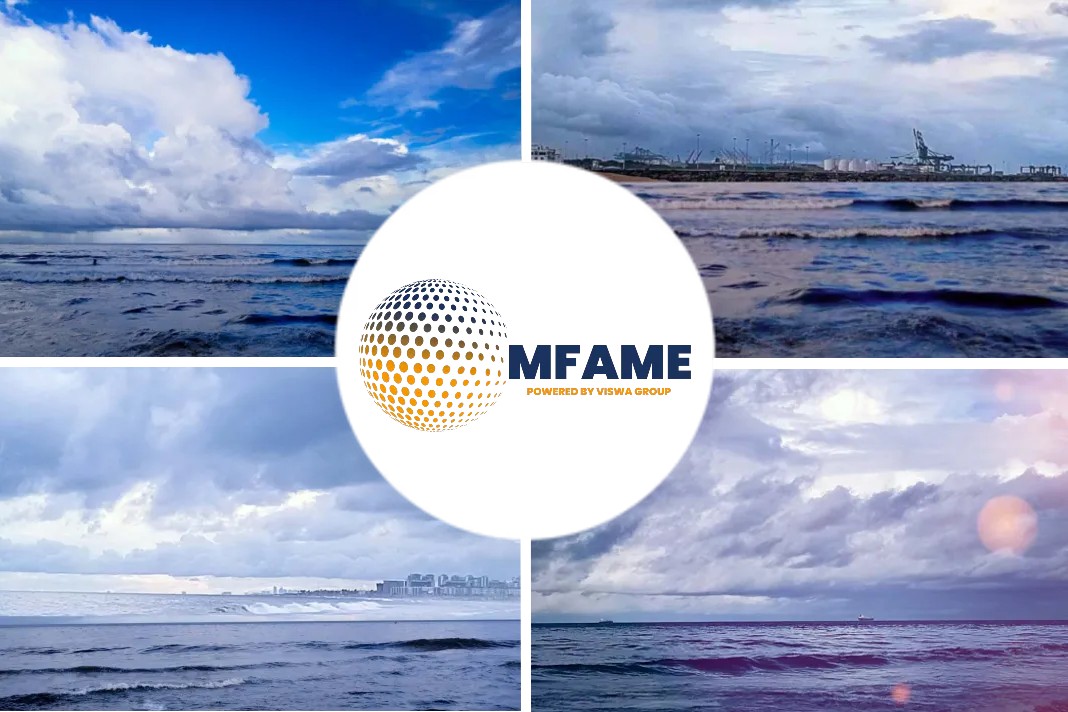
- Air lubrication, powered by compressor technology, enables ships to ride on a layer of microbubbles, resulting in up to 8% fuel savings and reduced CO2 emissions.
- Air-lubrication systems are instrumental in meeting various International Maritime Organization (IMO) regulations, including the Energy Efficiency Existing Ship Index (EEXI) and Energy Efficiency Design Index (EEDI).
- By using fluid technology and precise control mechanisms, air-lubrication systems, such as the Alfa Laval OceanGlide system, ensure efficient power consumption.
Microbubbles and Compressor Technology
Riding a slippery layer of microbubbles produced by compressor technology, a ship can achieve up to 8% fuel savings, reduce CO2 emissions and improve its overall Carbon Intensity Index (CII) rating.
This is the ambition behind air lubrication, which uses compressors to provide a steady stream of air to produce microbubbles along the flat bottom of a ship’s hull to lower drag with the seawater to reduce friction.
Air-lubrication systems are employed on newbuilds and fitted on existing ships to improve CII ratings, and comply with other IMO regulations, Energy Efficiency Existing Ship Index (EEXI) and Energy Efficiency Design Index (EEDI).
With the introduction of the EU Emissions Trading System (ETS) in January 2024, fuel savings become even more critical, as ships will be required to purchase CO2 credits for emissions within the European Union.
Odfjell’s Leading Efforts in Carbon Footprint Reduction
“This setup enables precise control and optimisation of power consumption”
Odfjell has reduced the carbon intensity of its tankers by more than 50% as compared with 2008, reaching its 2030 target by Q1 2023. This was verified by DNV and announced during a ceremony at Nor-Shipping in early June.
According to a presentation by Odfjell VP technology Erik Hjortland during Capital Markets Day 2023, the chemical tanker owner is not taking a victory lap, particularly with three of its ships, Bow Summer, Bow Sea and Bow Star, having potential CII ratings of D in 2023.
Optimizing Power Consumption and Efficiency
The Alfa Laval OceanGlide system combines air lubrication and fluid technology, utilising fluidic oscillators to generate a precise, uniform layer of microbubbles along the ship’s flat bottom.
By producing approximately 240,000 bubbles per second and metre, this system reduces specific drag by up to 75%, resulting in improved efficiency and lower power consumption.
The OceanGlide system’s unique configuration of belts ensures a controlled and streamlined flow of air bubbles, maximising coverage and minimising compressor output.
“The unique configuration of bands in sections for a regulated flow of air bubbles is a characteristic of the OceanGlide system,This setup enables precise control and optimisation of power consumption, and we look forward to documenting the energy-saving effect on our chemical tankers” said Mr Hjortland.
Odfjell expects to achieve net CO2 reductions of between 6 and 8%, but this will need to be verified in the pilot project.
Did you subscribe to our daily Newsletter?
It’s Free! Click here to Subscribe
Source: Rivieramm















